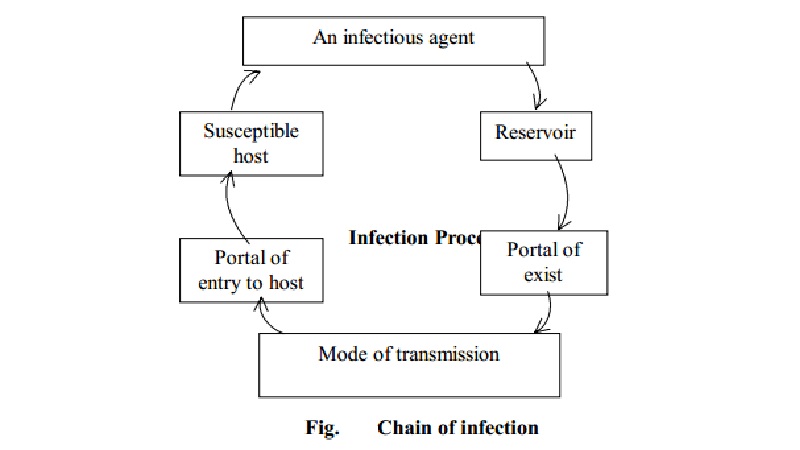Chapter: 11th 12th std standard Class Nursing Health Care Hospital Hygiene Higher secondary school College Notes
Types of Immunity and Types of Immunisation

Immunity
Immunity is the power to resist and
overcome infection caused by particular organisms:
Factors
Influencing the Immune status of Individuals: Inherent:
Racial: Some races are susceptible or immune to certain diseases. For example, Hebrews are more
resistant to tuberculosis than other people.
Species: Some of the species of animals have resistance to certain diseases e.g. lower animals never get
measles or typhoid fever while man is susceptible to get these diseases. Birds
do not get infection with certain kind of tubercle bacilli, which affects
cattle or man.
Individual: some people have a strong natural resistance or immunity to certain diseases. This is known
as individual immunity.
Types of Immunity
Natural
immunity: Natural immunity results after acquiring certain diseases like
measles, and usually lasts a life time.
Artificial
immunity: Artificial immunity follows the receipt of a vaccine such
as polio vaccine.
Active
immunity: Non-virulent microorganisms are
injected as antigens and the body produces antibodies against the antigen.
Passive
immunity: Immunoglobulins or antibodies are injected as a vaccine
to neutralize to antigen.
Acquired
immunity: Acquired immunity may be natural or artificial.
Acquired artificial immunity:
Immunity which, is acquired artificially by introducing
vaccine and toxoid (active) and serum (passive) is known as acquired artificial
immunity.
Acquired natural immunity:
People who suffered from disease will have
immunity against that particular disease e.g. small pox. This is known as
acquired natural active immunity.
Acquired natural passive immunity.
The child gets antibodies from its mother through placenta
and breast milk and has immunity for sometime against certain diseases.
Types of Immunisation
Active
immunization: It implies administration of antigenic preparation in order to
stimulate production of antibodies within the tissues of the individual. This
is known as active immunity. The material used for producing active immunity
are vaccines (e.g.) BCG vaccine.
Passive
immunization: Sera containing specific antibodies are directly injected to
produce passive immunity. Eg.
Anti-toxin sera in diphtheria (prepared from horse serum) and tetanus
immunoglobulins.
Vaccines may consist of:
Live, virulent organism in sub lethal doses (e.g.) cholera
vaccine, anti-rabies vaccine.
Live attenuated organisms - e.g. vaccine for small pox,
tuberculosis (BCG) and yellow fever.
Dead organisms e.g. vaccines of typhoid, cholera and plague.
Toxins of organisms, such as toxoids - e.g. vaccines for
diphtheria, tetanus and scarlet fever.
Related Topics